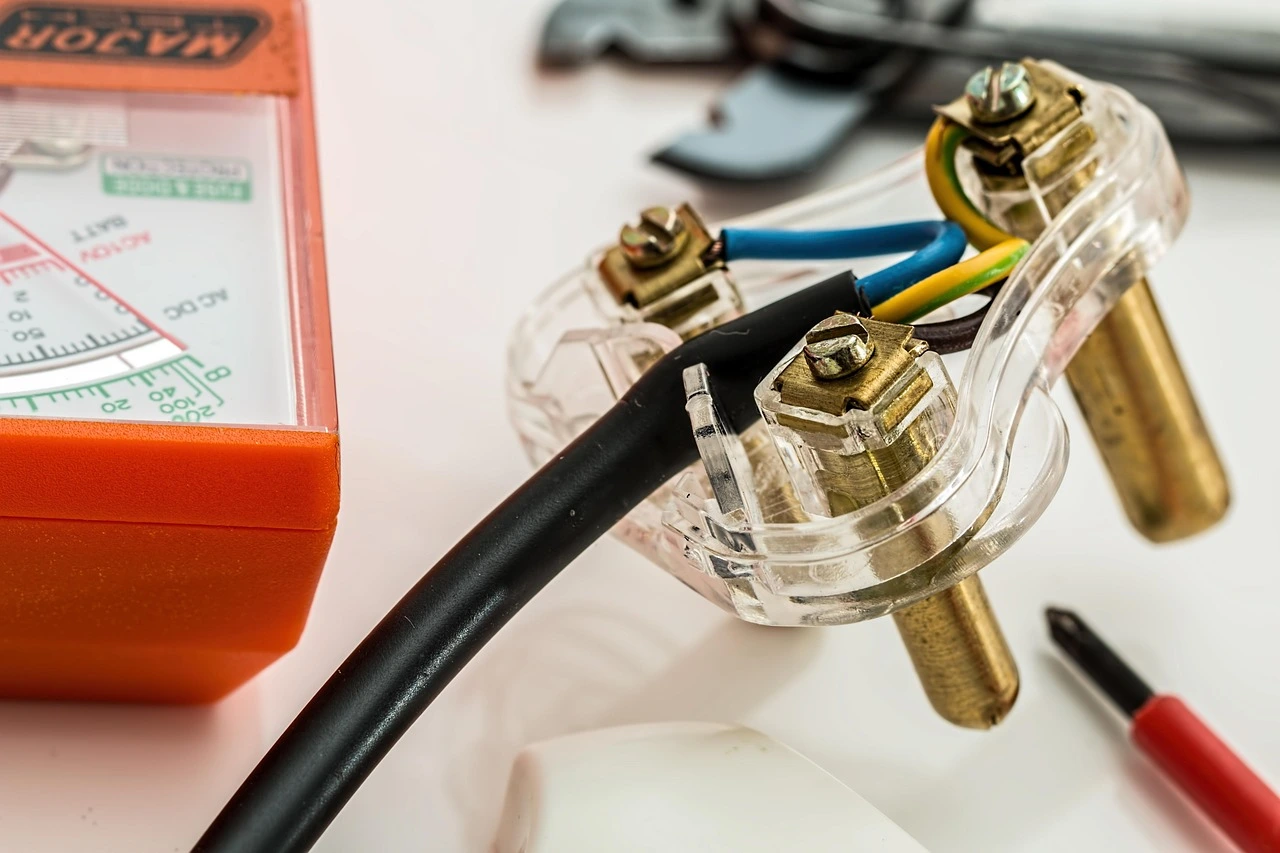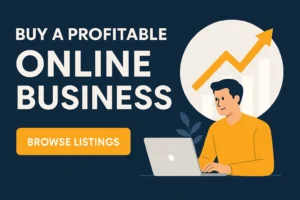Table of Contents
ToggleInternal links are links within the website or links that point to another page on the same website. A table of content (TOCs) is like a list where you go to one section and then return to the top of the article to select another heading with its list of subtopics.
Both of these aspects are critical, and new bloggers should not overlook them! This article will discuss the importance of internal links, the table of contents, and best practices! Let’s get started.
What are Internal Links?
Internal links are links to pages or files on your website. It’s important to build high-quality backlinks, but it makes sense to give readers some variety when they get there.
These links help users get around your site quickly by linking your content together through anchor text which is highlighted in bold for connecting web pages.
Internal linking helps search engines crawl and index your site content better.
Internal links provide directions to search engines
When a user clicks on an internal link, this takes them from one page to another within the same website. The most important pages on any blog or website are those that relate most closely to the topic of the current page they’re looking at.
By including these key terms in relevant linking. You’re effectively giving the search engine a ‘nudge in the right direction.’ Other than indexing and crawling, internal linking helps users navigate your site with ease.
Importance of Internal Links!
“Why are internal links important?” is the question we should always ask ourselves when designing a website or coming up with a new blog post for our website.
Internal links allow users to navigate your site easily. And if done properly, they can help boost your Search Engine Optimization. Typically, search engine crawlers will only follow links that lead to pages found on your domain. But with the help of some plugins, you can get them to go to other places.
For example, if you are using WordPress, make sure that you have installed the WordPress SEO plugin by Yoast. This will allow crawlers to follow links that lead to any URL, including your blog posts. That’s just one example, but several plugins can help you complete this task.
An easy user experience
Understanding the basics of internal linking is essential because these links will help your users find what they are looking for on your website! This is why it’s so important to include links to related posts or pages whenever possible.
If you understand these simple internal linking facts, you will have a good foundation of knowledge to work from. Some experts claim that proper internal linking can increase your page views by up to 30%, but more testing is needed for this claim.
In any case, if your website gets more visitors because of better internal linking, then it’s always a great thing.
Why are Internal links important to Google?
Internal links are an integral part of a web page’s design because they serve to direct the user from one page on your website to another. This is important for Google because it figures out what your site is about based on how many times specific key phrases and words appear on a page. The more internal links that lead to a page, the more it is associated with those keywords.
For example, if you have a blog about gardening and one of your blog posts talks about planting tomatoes. Then you probably want as many other pages on your website to link to that post as possible, so it will show up very high in Google’s search results for “how to plant tomatoes.”
This is good for the user, who will be sent to the most relevant page with that topic. It’s also good for Google because it associates your entire website with tomatoes, which means it might rank you higher in search results for questions like “what fruit can grow in my garden” or “I planted tomatoes too close together, what now?”
Don’t Forget – Search Engines are SMART …… !!
Search engines are smart, but it’s important to note that they are only as bright as those behind them. This means that if you craft your SEO strategy smartly, it will index properly, but if you do something spammy, you can expect it to be flagged pretty quickly. Remember, “Good SEO is hard, but spammy tricks are even harder.”
The bottom line is this: make your website easy to navigate and help search engine crawlers do their job by following the links you put on your site. It’s not quite that simple, but it gives you an excellent foundation for knowing what needs to be done. When you understand how important it is to help crawlers find your website, you will focus on more critical issues.
Internal Linking Best Practice
The goal is to improve search engine ranking by reaching page topics via multiple paths and to keep users on the site longer. Internal links also serve as a great way to cross-reference your content, leading to a better user experience and more opportunities for sharing and links, leading to more traffic.
Below are some best practices as to how you should go about implementing internal links into your site or blog:
Clean Interlinking
Try to keep your footer uncluttered. The hyperlinks that you implement must make sense and help people reach content on your site – but too many links can lead to a cluttered and messy look. Avoid that!
Don’t use too many different link types.
Generally speaking, you should prefer menu items over images, for example. If you have a lot of content that needs linking – consider putting up a few anchor texts on some images instead of using ten hyperlinks, and it will look nicer and help people navigate your site.
Use links to denote where content has moved.
This can be used for several things, such as making sure people don’t click on a broken link or letting them know that the page they are looking for is not available anymore.
The latter case is quite common – just because you take down an article or page doesn’t mean that a few of your readers won’t find it valuable. In such cases, you should redirect them to a page with a similar value proposition instead.
Don’t use keyword stuffing in Internal Linking!
The number of keywords should be kept below five per page, and you should try to avoid repeating them too often. If your article is about shoes – don’t just link every time you mention “shoes” by name, but instead link it a few times throughout the text naturally.
Use links in the Right Way!
Use links in your text to point out things such as excellent content or fantastic product reviews. This is a great way of letting people know that there’s value in your site. And it can also help you hook up excellent sites if the author decides to link back to you.
Furthermore, link to your own stuff. This is a good way of keeping people on the site since they will likely click on at least one of those links.
Also, consider linking to other articles from time to time if it represents value and looks natural. In such cases, you should make sure there are enough contexts for people to understand what you are talking about, though.
Bonus: Don’t be afraid of using link lists. These can be highly effective, and they don’t have to look bad if implemented correctly. If done right, the list will also help improve the user experience.
Table of Content

So, you have written a blog. Congratulations!
It is so much fun to write a blog post. But then the question comes what are the things that are necessary for your blog? This can vary from blogger to blogger, depending on their blogs’ interests or subject matter. We have already discussed the internal links and their importance.
Other things include pictures, post formatting (with color choices and fonts), navigation through blog posts (generally done using pages), comments on your blog, or you keep it simple.
However, some things are common for all blogs, no matter what the subject of your content is. One such thing is the Table of Content.
No matter how fantastic your blog is, if the reader can’t find out what you have written about in your blog post, they will not be satisfied. This means your Table of Content or ToC, plays a vital role in your blogging success.
Bloggers often do not spend time thinking about it. However, it is essential to have a good ToC for optimal blog traffic.
Why do we need a Table of Content (TOC) in blogging?
There are many reasons why ToC is necessary for your blog.
TOC helps User Engagement
Good content is the first step to growing your blog. After good content, if you have a TOC, it will help you increase your readers by providing them with the links they are looking for. So that people can quickly go through all posts and read what they have been searching for.
Long Content? TOC is the solution!
Now, is your article so long that people will lose interest in reading it, or do you have a lot of content under one topic? In this case, there is only one solution to keep readers engaged, and TOC does that. It makes it easy for readers to jump on any part of the page they are interested in!
Navigation made Easy!
It will help readers read what they want, and it is significant for older posts with a lot of content under one topic. TOC allows users to navigate through your post and know what’s new or old well without reading everything again and again.
TOC also enhances your blog’s user experience, making navigating through pages easier for your users. Also, TOC makes it easy for search engine bots to crawl and index your page.
Best Free table of Content Plugins in WordPress
TOC is a good idea from an SEO perspective because it has many critical on-page factors. Like H1, and H2 tags, which make your post easy to read and understand by search engine bots.
If you want to add TOC to your post, then there are some free plugins available for WordPress, including:
Conclusion
We’ve discussed the importance of internal links and a table of contents! If you are a new blogger or have been blogging for a while, you must not ignore these elements, as they play an important role in ranking! Try them out and see what kind of magic they can work on your ranking!
Stay tuned to Webys for more blogs!






